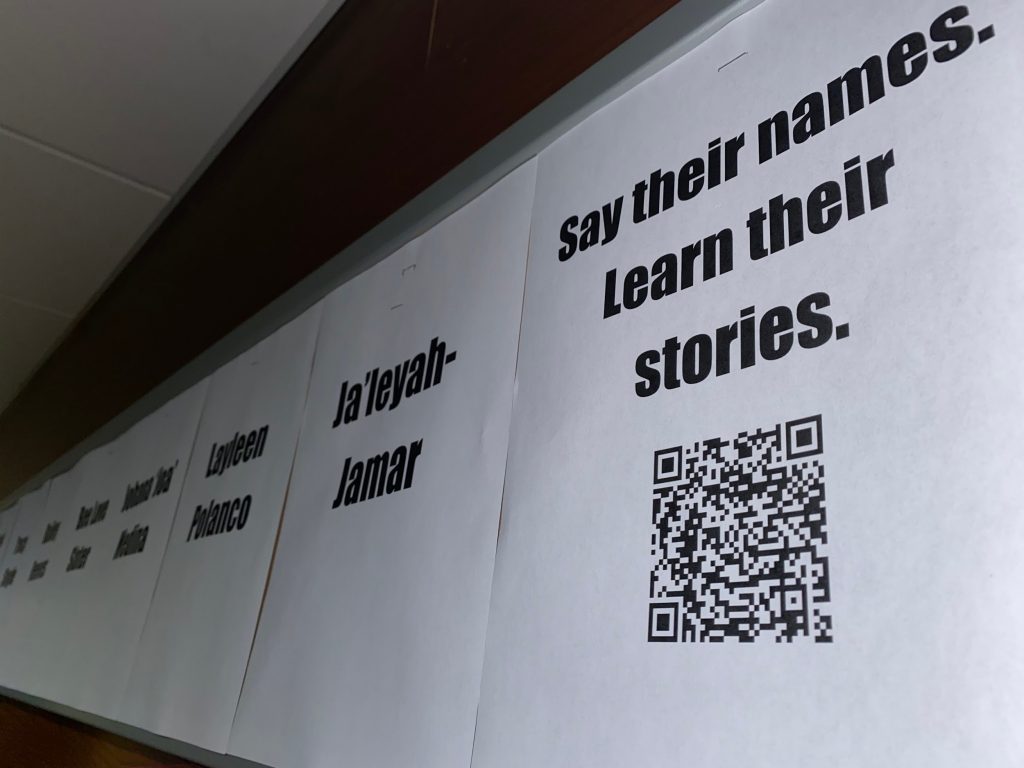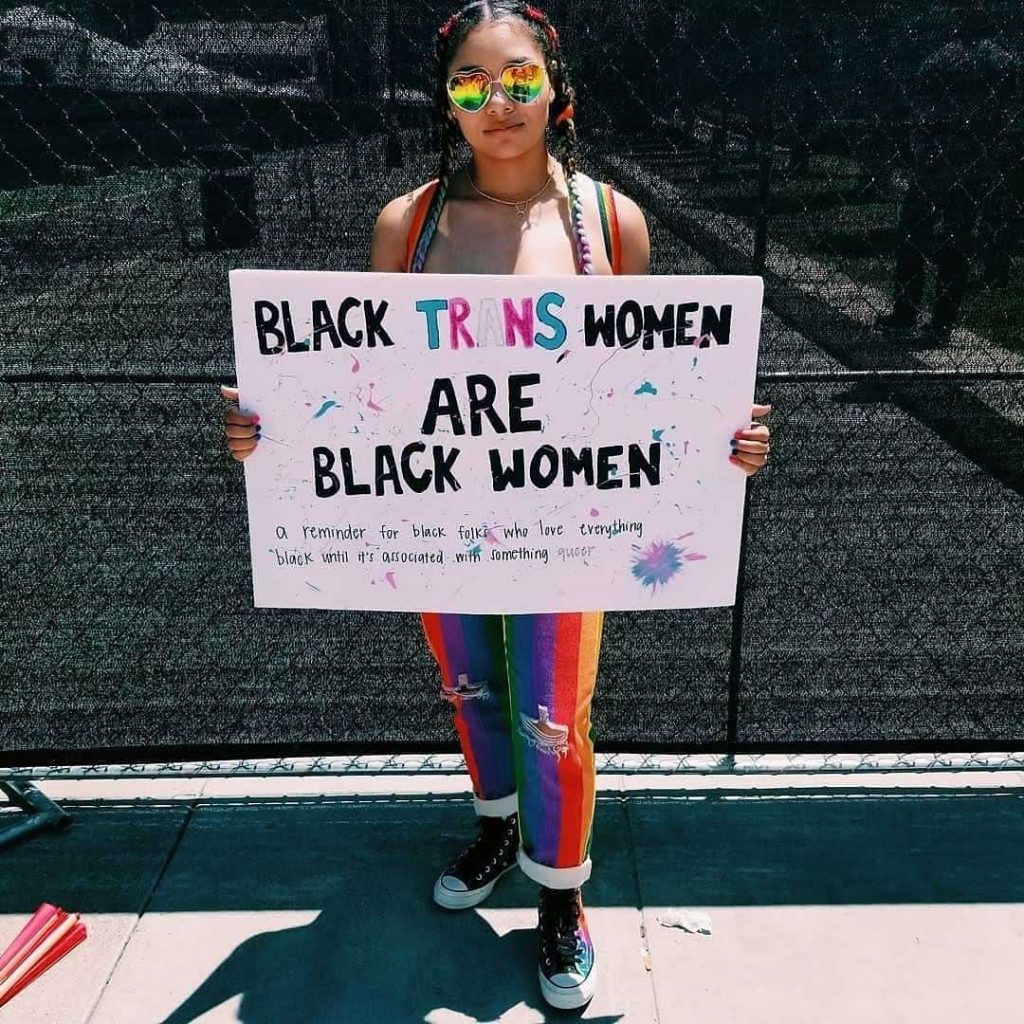Yes, you. The one who opened this post ready to defend your immediate emotional response to reading the title. No, this is not a conventional KU Law blog post and no, this post is not going to shame you for your ignorance. With November 20 marking Transgender Day of Remembrance and November 18-22 representing Trans Liberation Week, this blog post is dedicated to the cisgender community, myself included, who want to support and uplift the transgender community. Let’s start with the basics: a definition.
Cisgender: a term used to describe a person whose gender identity conforms with the sex they were assigned at birth.
For example, I was assigned female at birth and I identify as female. This security of understanding my gender identity is a privilege. I can leverage this position to support my trans sisters and brothers and plan to do so throughout my legal career.

Did you know?
More than 22 trans women of color and gender-expansive individuals were murdered in 2019, their deaths largely arising out of acts of hate. I decided to post these victims’ names in Green Hall in hopes that this student activism effort would bring awareness to the acts of violence taking place against the transgender community, and specifically against black trans women. Two of these acts of violence occurred in Kansas City, Missouri and Kansas City, Kansas. We have the power to end acts of anti-trans violence. It is important to me to continue advocating for this community, who I would argue is one of the most marginalized in the country. You can read more about it here.

The importance and impact of positive pronoun practices
Being an ally is as easy as you make it. Respect other people’s existence, diversify your friend group, learn about LGBTQIA+ and trans history, and add your pronouns to your email signature. We tend to assume an individual’s pronouns — and therefore, their gender — based on their appearance or name. These assumptions, even when correct, send the potentially harmful message that people who look a certain way must identify with a certain gender.
Not everyone uses “she/her” or “he/him” pronouns. “They/them/theirs” and “ze/zir/zirs” are some examples of non-gendered pronouns you may see being used. Because not all people identify with the gender binary, it is important to practice proper pronoun usage. By making appearance-based assumptions about a person’s pronouns, we are perpetuating harmful gender stereotypes and potentially misgendering individuals along the way.
You can also practice inclusive pronoun usage by avoiding gender-exclusive language. For example, say “friends and colleagues” or “students and future colleagues” instead of “ladies and gentlemen” as a greeting. Or refer to people by their first names or their titles (i.e. “Attorney Nelson” or “Counselor Nelson” as opposed to “Ms. Nelson”).
Please see below for an example of an email signature template:
Example: Bria Nelson
T: 785-867-5309
Pronouns: she/her/hers
If we don’t understand the importance of a person’s pronouns, we risk making them feel disrespected, alienated, or unsafe when we use their incorrect pronouns. By encouraging inclusive practices around pronouns, we normalize the expression of pronouns and create a more welcoming environment for transgender and nonbinary people.
For additional information regarding pronouns and definitions, listing tips on navigating pronoun conversations, and more examples of inclusive pronouns practices, visit this link.
In conclusion, trans women are women. Trans men are men. Non-binary identities are valid. They deserve your respect and equal rights.
— Bria Nelson is a 2L from Woodstock, Illinois and a KU Law Student Ambassador.